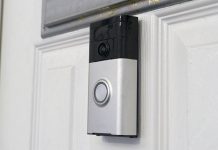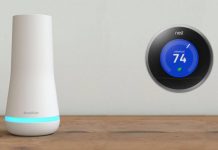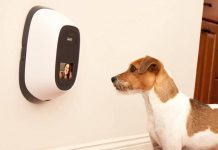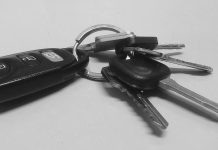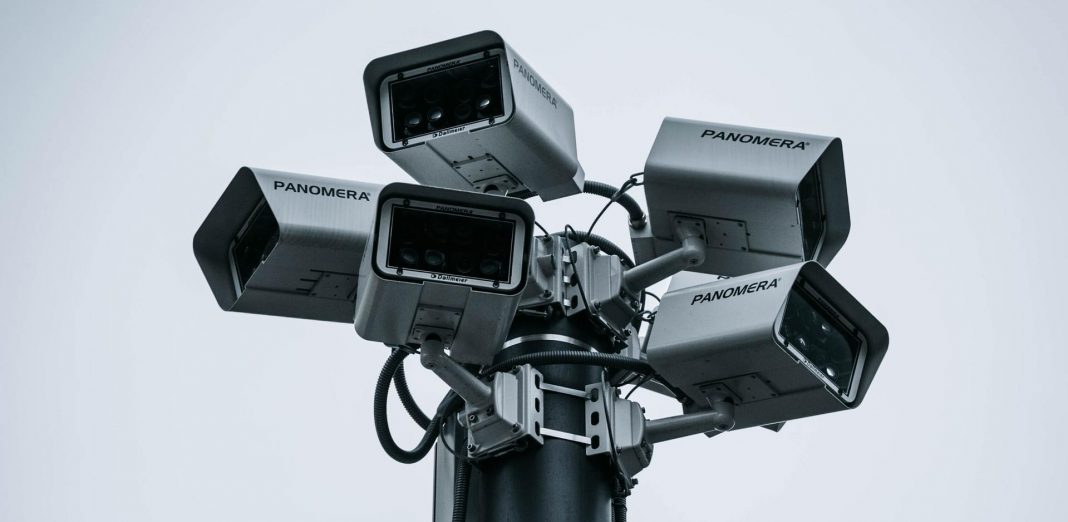UPDATED February 10, 2022 This piece has been updated to reflect the emergence of new technology


Christian Mathews Security Writer
According to the Tennessee Municipal Technical Advisory Service, more cameras tend to cause a decline in crime.
However, you must be aware of this already, and the real question on your mind is, how many security cameras do I need exactly?
Unfortunately, there’s no exact number as to how many security cameras you need. The number changes based on specifics such as the size of your house, the orientation (i.e. how your house is designed) as well as your needs, (like maybe the need to watch over some valuables).
As for those who still need a bit more convincing, a study by the University of North Carolina at Charlotte titled “Through the eyes of a burglar” concluded that about 60% of burglars avoid properties with surveillance cameras or alarms.
So whether or not you believe that security cameras prevent crime, get some for your property.
Here’s what you can expect to find in this article:
- How many security cameras do I need?
- Security camera types explained
- Best locations for home security cameras
- How many outdoor security cameras do I need?
- Best locations for outdoor security cameras
How many security cameras do I need?
For a small home, 3 to 4 security cameras may be sufficient. With an emphasis on, “a small home”.
Essentially, the 3-4 security cameras should be able to cover the front door (assumed as the primary and only entry to the house), the front porch, and the immediate area in front of your door, your kitchen, or kid’s room probably and that’s it.
Your situation may or may not be like this.
So to determine the exact number, answer the following questions:
1. How many entries do your house, or business premises have? By ensuring all entrances are covered with a security camera, you’ll be able to know who accesses your property, and when they access your property. Remember, if you have an attached garage, the garage door also counts as an entrance.
2. What is your budget? As with all other things, cost plays a crucial factor. Try to estimate how much you’re willing to part with for an effective security surveillance system, and whether your budget allows it.
3. What do you need to protect the most? This can be certain parts of your business premises, assets, and equipment; while if it’s at your home it could be where you keep your valuables, your kids’ rooms, etc.
4. Do you plan on making any changes to your business premises/home? To avoid additional costs, or even so that you have an easy time when renovating, always plan for the future. If you foresee adding more structures at your home, or maybe increasing, decreasing/ modifying the space you lease for your business you may want to get more or fewer security cameras as the situation warrants.
By going through the above checklist, or rather answering the questions, you should have a rough estimate as to how many security cameras you’ll need.
Security camera types explained
There are many brands to choose from such as Arlo wire free security cameras. There are also many types of security cameras out there such as dome security cameras, bullet security cameras, smart security cameras, and thermal security cameras. However, this classification is a bit vague.
For this discussion, we’ll classify security cameras based on how adjustable it is, type of connectivity used, recording quality, coverage/viewing angle, and source of power.
Based on Adjustability
Most security cameras in the market cannot be easily adjusted, and cover a fixed area.
You can however find more flexible security cameras that not only tilt, and pan, but can also zoom in to a particular area.
Type of connectivity used
There are wired and wireless security cameras available.
Wired security cameras generally have to be connected using either Ethernet or coaxial cables to a recording/duplicating platform.
Wireless security cameras on the other hand rely on Wi-Fi for connectivity. It is for this reason that they’re also referred to as IP (Internet Protocol) cameras.
Wireless security cameras are much easier to install than wired security cameras, as they require no cabling save for power cords.
It is important to note that wireless security cameras are only “wireless” when it comes to connectivity, but may or may not need to be wired to a source of power.
Wireless security cameras may be battery-powered, or they could be hardwired to mains electricity.
Based on the source of power
Security cameras may either be battery-powered, or they could be wired to a source of power.
Battery-powered security cameras are mostly used with motion sensor systems, and they only record whenever movement is detected to save on the limited battery power.
In the long run, security cameras wired to power sources require less maintenance and can record for longer, possibly even 24/7.
Recording quality
Different security cameras record footage in different qualities.
It could be in 720pixels, 1440pixels, or even 1080pixels.
However, some other security cameras record in even lower quality and they are not recommended since you won’t be able to discern details like vehicle registration number, or even make out faces of people in the video footage.
While it’s great to have the best quality in your surveillance footage, try not to go overboard. Better quality footage means more space required to store the footage, and this may cost you more, or even cause previous footage to be overwritten.
Coverage/viewing angle
Security cameras may record footage with different viewing angles, i.e. 800, 1800, 3600, etc.
A wider viewing angle means a wider area is surveilled, and may even reduce the number of cameras needed to, say, cover a room or a portion of your yard.
Indoor vs. Outdoor Security cameras
Indoor security cameras are primarily used indoors, and they may not be able to survive extreme weather conditions.
Outdoor security cameras on the other hand are built for the outdoors. They can withstand extreme heat, cold, dust, snow you name it.
You may also find infrared security cameras. These record both during the day and night.
Best locations for home security cameras
As mentioned above, all entry points in your home should be covered by at least one security camera.
On the front door you can have one overlooking the door, or if you can, get the doorbell security camera.
The hallways in your home should also be covered by security cameras.
The garage, garage door, your baby’s room, kitchen are also some parts you should consider.
Where possible, try to mount the camera at a place where you can get maximum coverage, and also where the camera won’t get any reflection or light glare which may affect its recording quality.
How many outdoor security cameras do I need?
How many security cameras do I need for the outdoors? Again just as with indoor security cameras, the number will depend on several factors.
As mentioned above, the number of outdoor security cameras you need depends on, your budget as well as the areas you need to cover with surveillance, say for instance your lawn, the driveway, gate, backyard/garden, etc.
Best locations for outdoor security cameras
For outdoor security cameras, try to cover areas of interest first. This could be your porch, front lawn, backyard if you have one.
As a general rule, the outdoor security camera(s) should extensively cover your property, and also be able to record footage that can help detect and identify possible intruders.
For good measure, you could install a dummy security camera, ensuring you keep it somewhere visible.
Outdoor security cameras are to some extent good at deterring criminals if they can be able to see the security camera in the first place.
Conclusion
That sums it up for how many security cameras do I need, but what about the best security cameras for your home?
Note, when it comes to having security cameras in your kids’ rooms, use them for very young kids. Teenagers and young adults expect some form of privacy, and the law stipulates that in the event you must have a security camera in their room, that you duly inform them and get their consent.
Similarly, your security camera shouldn’t cover your neighbor’s property in a way that infringes on their right to privacy. So while your security camera may cover a bit of their lawn, it shouldn’t under any circumstances record them on their property, for instance in their house, or any part of their property where they expect the right to privacy.
As for business premises, it would be against the law to record employees in circumstances deemed to deny their right to privacy. So, you can record your employees while doing their work but it would be illegal to record them in places or situations where they have a right to privacy, i.e. washrooms, break rooms, or even in HR interviews involving personal matters like abuse, or conflict at the workplace. If you are interested in what security cameras are best for your home, check out out our guide.



